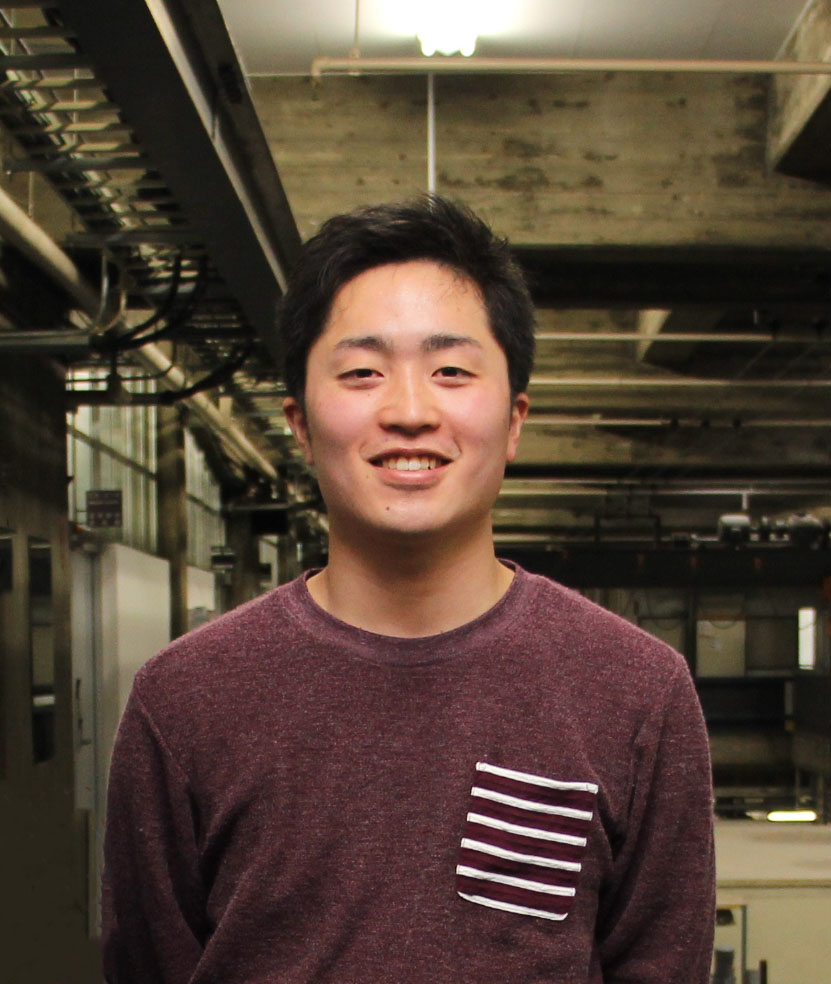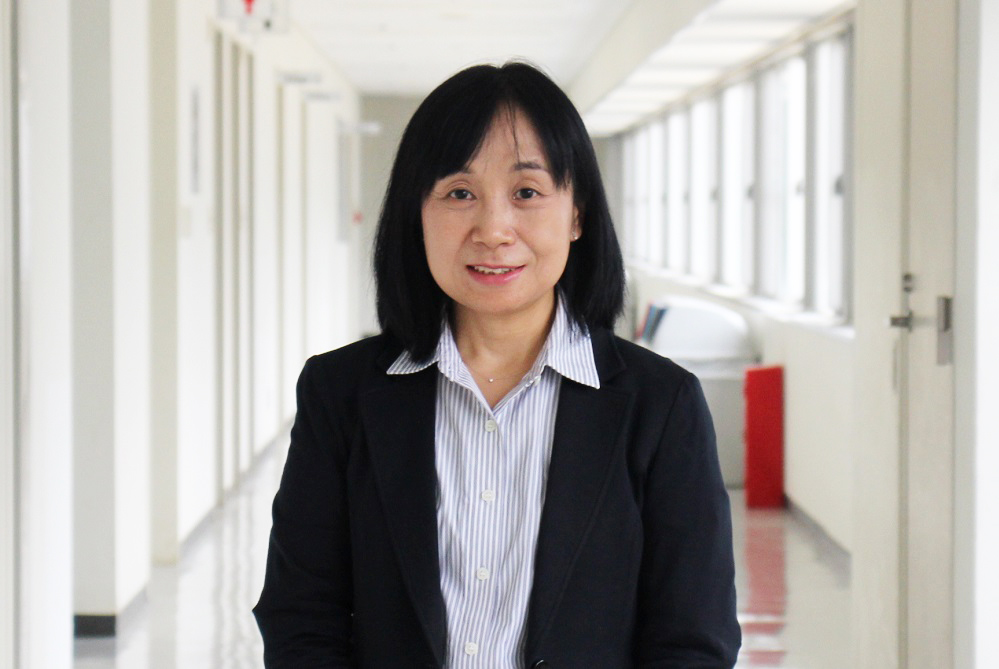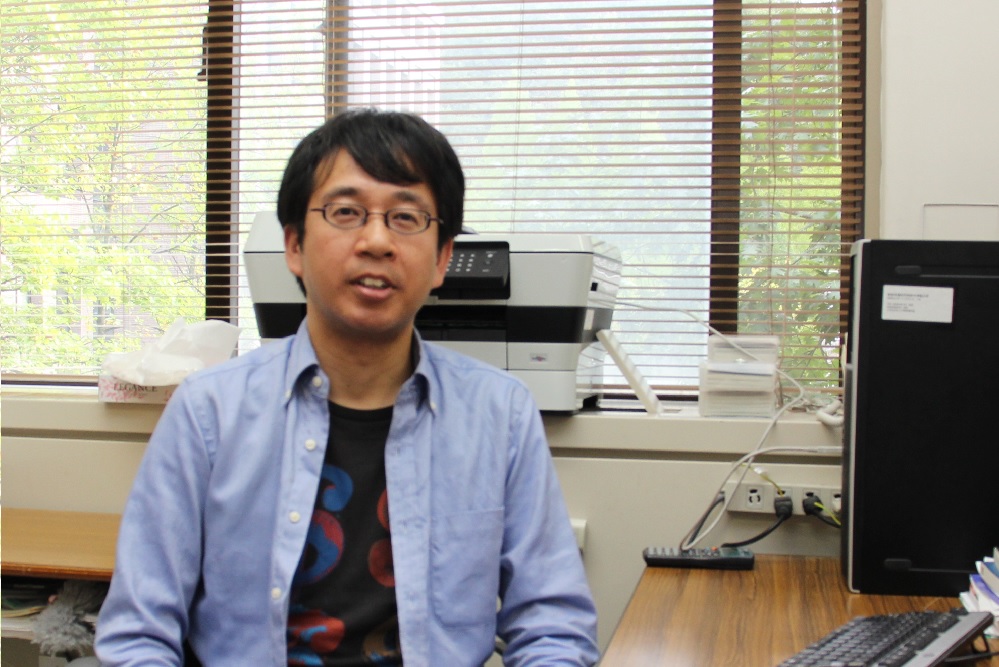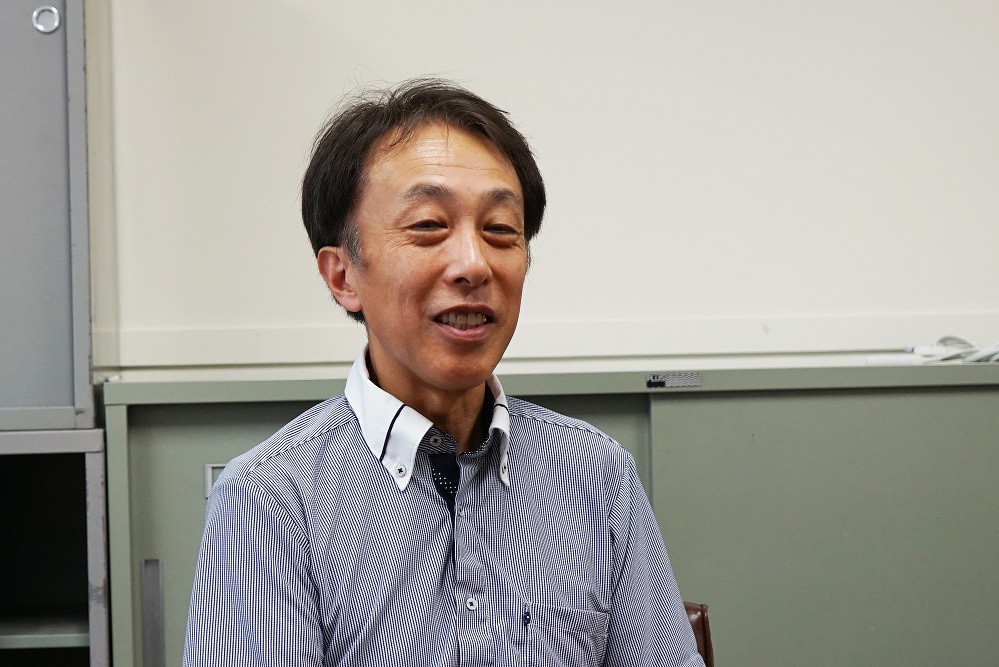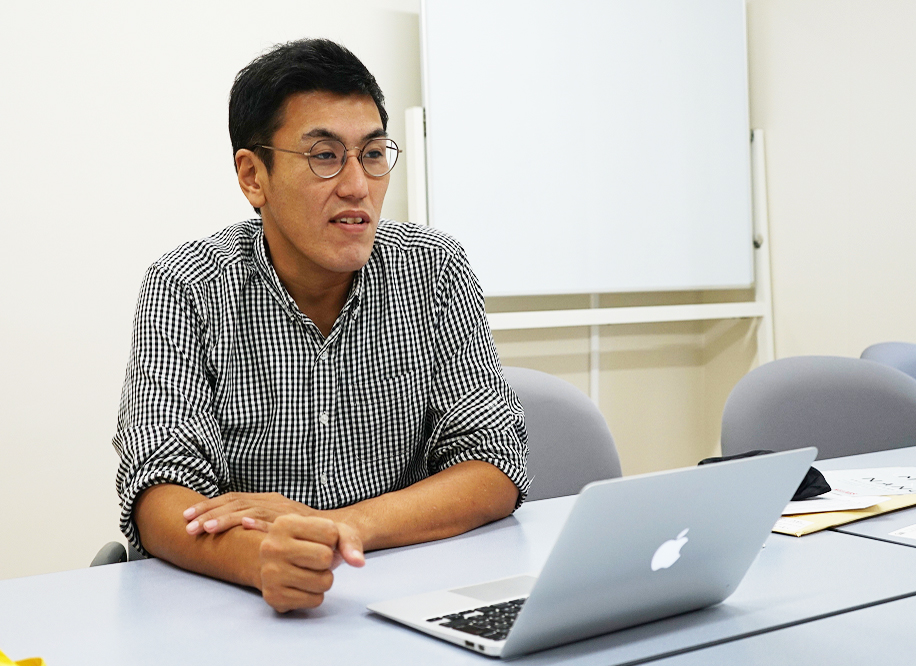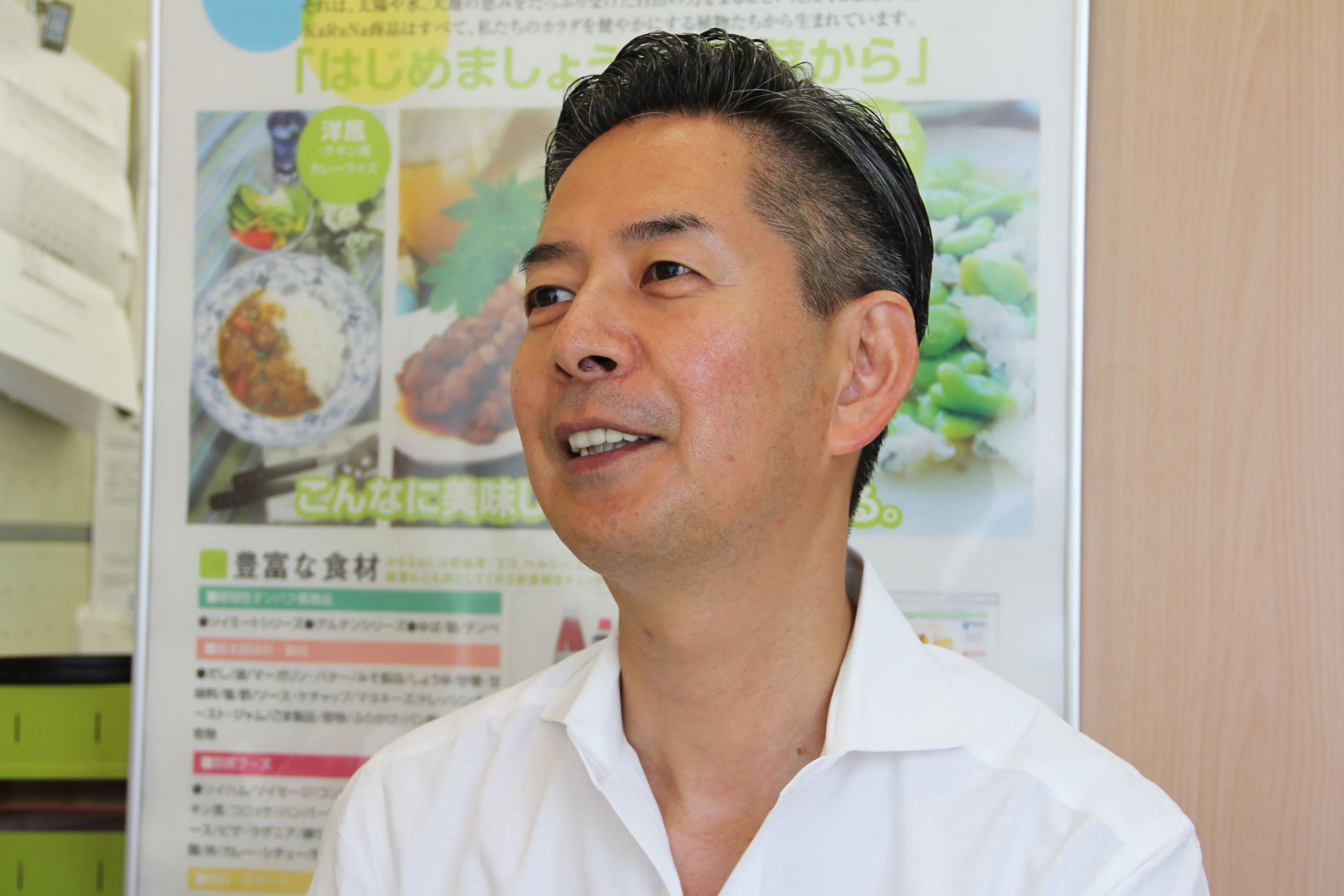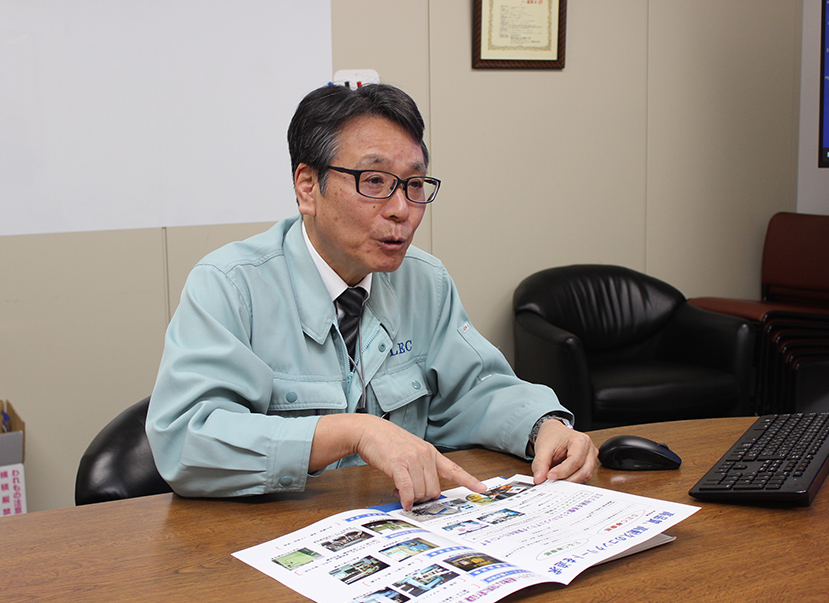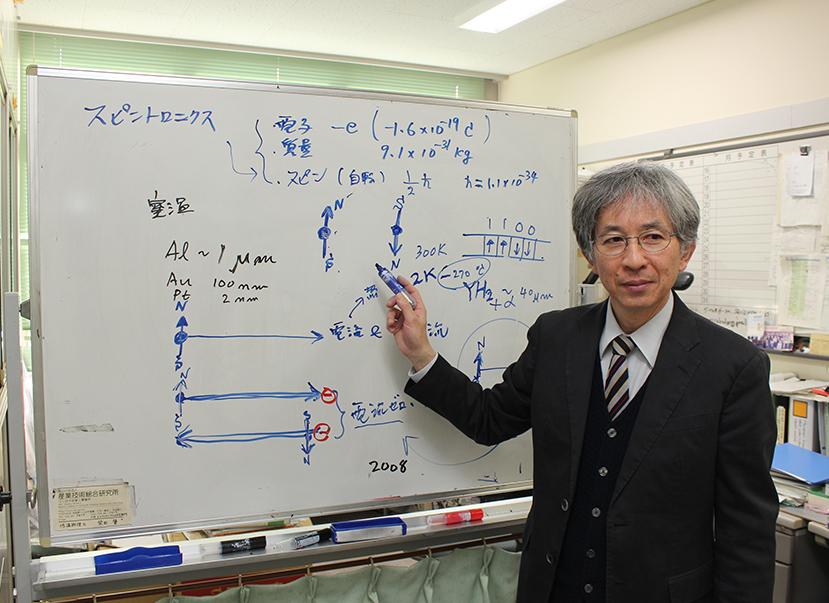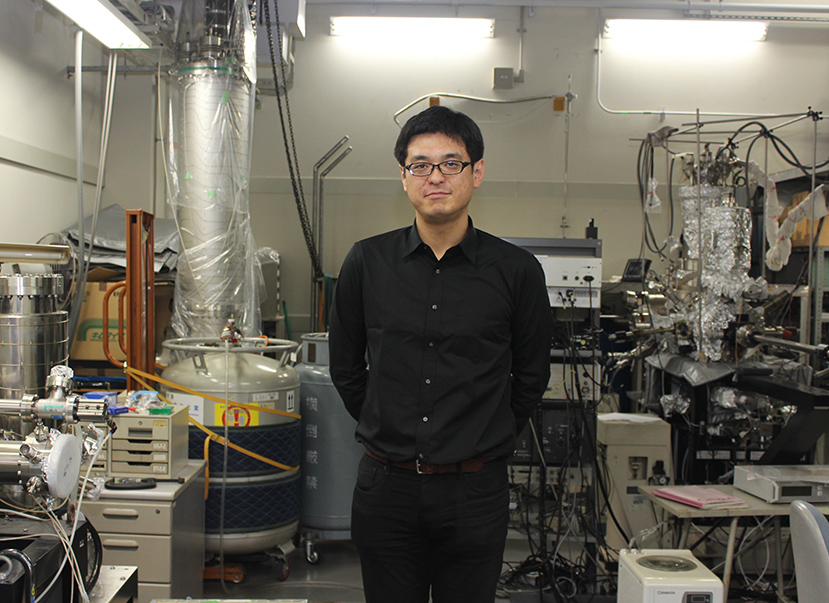User Interview
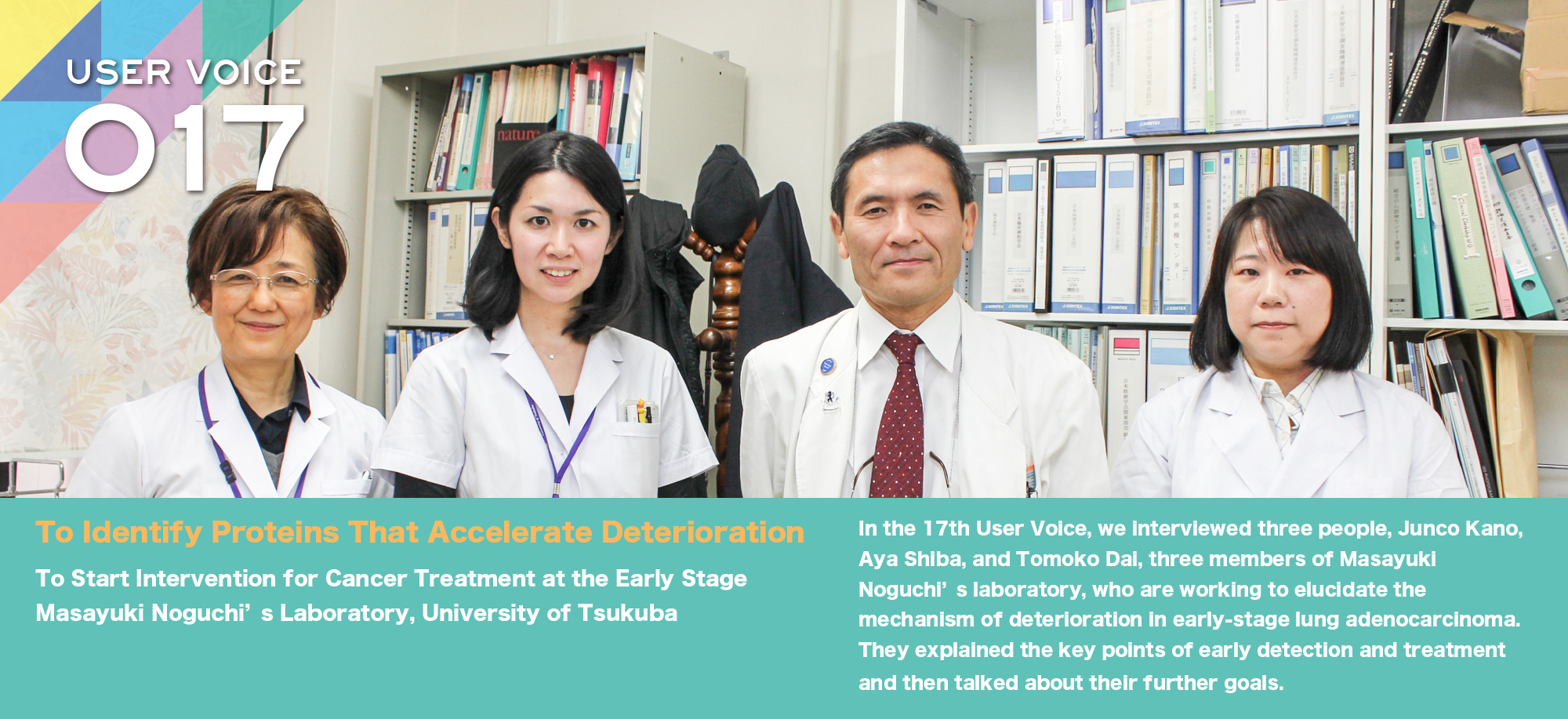
Lung Adenocarcinoma Accounts for 50% to 60% of Lung Cancer
―First, what kinds of research are you working on?
Since 1995, Masayuki Noguchi’s laboratory has been involved in lung cancer research. We chose that subject because lung cancer has the highest incidence and mortality rate of all cancers in Japan. The laboratory especially focuses on lung adenocarcinoma, which accounts for 50% to 60% of lung cancers. Speaking of celebrities who suffered from this disease, the deceased actress Yoko Nogiwa and the Kabuki actor Shido Nakamura are still fresh in our memories. You may think lung cancer is a disease that generally occurs in smokers. However, lung adenocarcinoma can, in many cases, develop in non-smokers.
―What type of cancer is lung adenocarcinoma?
Lung adenocarcinoma usually occurs in the lung periphery. The alveoli constitute the lung periphery, where gas exchange (oxygen moves into the blood and carbon dioxide is removed) takes place. The total number of alveoli in the right and left lungs is about 700 to 800 million. If the disease is detected in the early stage and the patient undergoes surgery, a complete cure is likely; however, if the disease is advanced, it will become highly malignant and a refractory cancer.
―You mean early detection is important, don’t you?
Yes, I do. Having said that, normal cells do not transform into cancer cells all of a sudden. Normal cells gradually undergo a malignant transformation into precancerous lesions that then turn into cancer.
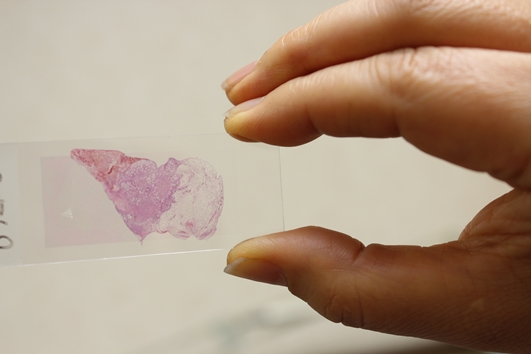
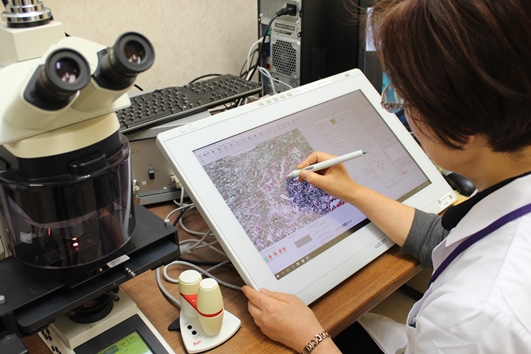
Difference Between Carcinoma in Situ and Early-Stage Invasive Cancer
―In the early stage of lung adenocarcinoma, what’s going on within the alveoli?
It is the extremely thin alveolar epithelial cells that are responsible for gas exchange in the alveoli. When these alveolar epithelial cells become malignant, some changes occur, including nuclear shape changes or cytoplasm enlargement. These changes allow us to make a morphological diagnosis. This is carcinoma in situ, which is the earliest stage of lung adenocarcinoma. When it becomes malignant, it will progress to early-stage invasive cancer.
―You found a difference in the five-year postoperative survival rate between carcinoma in situ and early-stage invasive cancer, didn’t you?
Yes, I did. The five-year survival rate is 100% for carcinoma in situ, whereas it remains at 75% for early-stage invasive cancer. As just described, clear differences in patients’ prognosis occurred. Since there is a difference in the shape between two types of cancer, I assume that they are surely different at the gene or molecular levels and I am investigating it.
―If you can find the difference, how would it help us?
I believe that it could be used as a diagnostic marker to distinguish carcinoma in situ from early-stage invasive cancer.

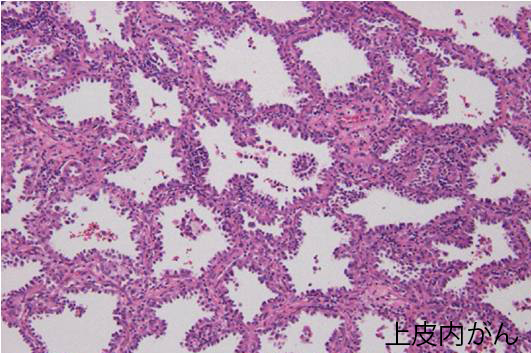
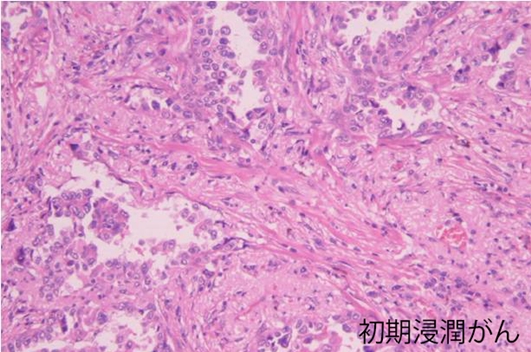
Prevent Overtreatment by Identifying the Differences
―If so, we will be able to establish a treatment policy according to the stage.
As a result of widespread health examinations with CT scans, we can detect cancer in the very early stage. In early-stage cancer like this, there are a few cases for whom follow-up is enough. However, for about 15% of early-stage cancer patients receiving followed-up, the tumor will enlarge within three years and require surgery. For early-stage cancer, surgical resection is common, but it is overtreatment in many cases. Accurate diagnosis is necessary to prevent overtreatment, especially in the elderly or secondary cancer patients.
―How do you find the difference?。
I am trying a variety of different analyses, including comparisons of the expression at the mRNA gene level or DNA amplification. Among them, I am paying attention to the expression of specific proteins. Let me give an example. When carcinoma in situ progresses to early-stage invasive cancer, blood flow becomes insufficient because of the collapse of the alveolar structure, which results in hypoxic conditions involving the cancer. We are searching for proteins that characteristically appear when oxygen is insufficient.
―You used the Nanotechnology Platform to perform the analyses, didn’t you?
I used liquid chromatography-mass spectrometry (LC-MS/MS) at the National Institute for Materials Science (NIMS). There is LC-MS/MS also at our university. However, the NIMS equipment has high-sensitivity and offers excellent and exhaustive analyses of all proteins. I think I can obtain useful data. Sometimes, we operate the equipment. Also, we can request the measurement for cDNA microarray analysis, so it is useful as a research support system.
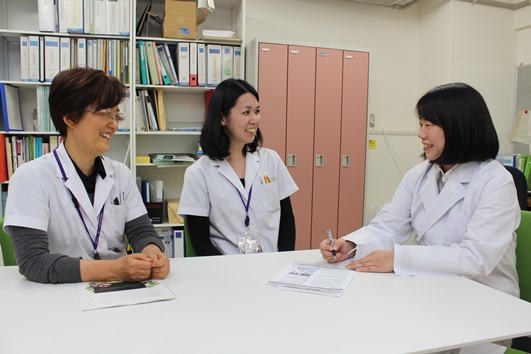
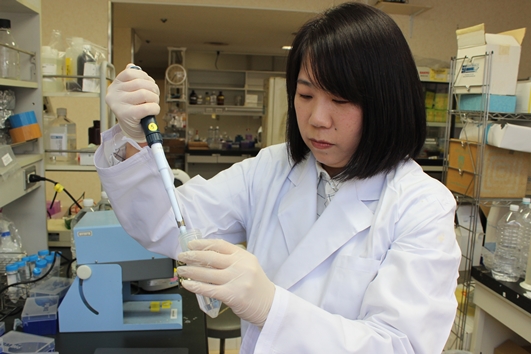
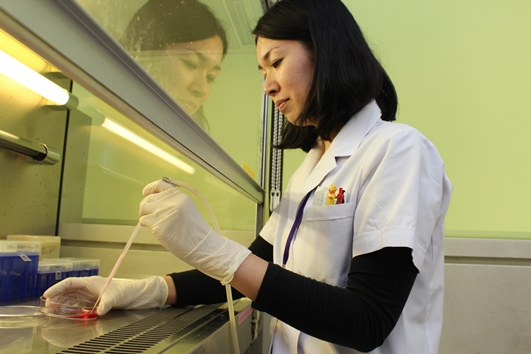
Clinical Trial Using Drug Repositioning
―How do you think this research is going to develop in the future?
The idea that there are very few types of lung cancers that are curable with chemotherapy or molecular target drugs is common knowledge for anyone in the medical profession. Actually, when cancer progress to invasive cancer, it is difficult to cure completely with current medical treatment. Accordingly, it is important to make sure that you find the carcinoma in situ. Before the stage of carcinoma in situ, if you approach the genetic abnormalities causing the malignancy, you may be able to stop the advance of the cancer. I want to prove that early detection and treatment can completely cure the disease.
―I would like to focus on your effort to achieve a complete cure.
With the goal of drug discovery, we are currently working on target validation where we select the appropriate molecules as targets. In particular, no chemotherapy that targets early-stage lung adenocarcinoma has yet been developed. So, we are working on this as a new attempt. Also, we are considering the use of non-anticancer drugs for lung adenocarcinoma treatment based on the concept of drug repositioning. Aiming at early practical use, we want to start a clinical trial with patients in about three or four years. Our job is doing the same work over and over again. But we may be able to save the lives of patients with lung cancer, which causes tens of thousands of deaths per year in Japan.We will continue to strive to eradicate lung cancer.

